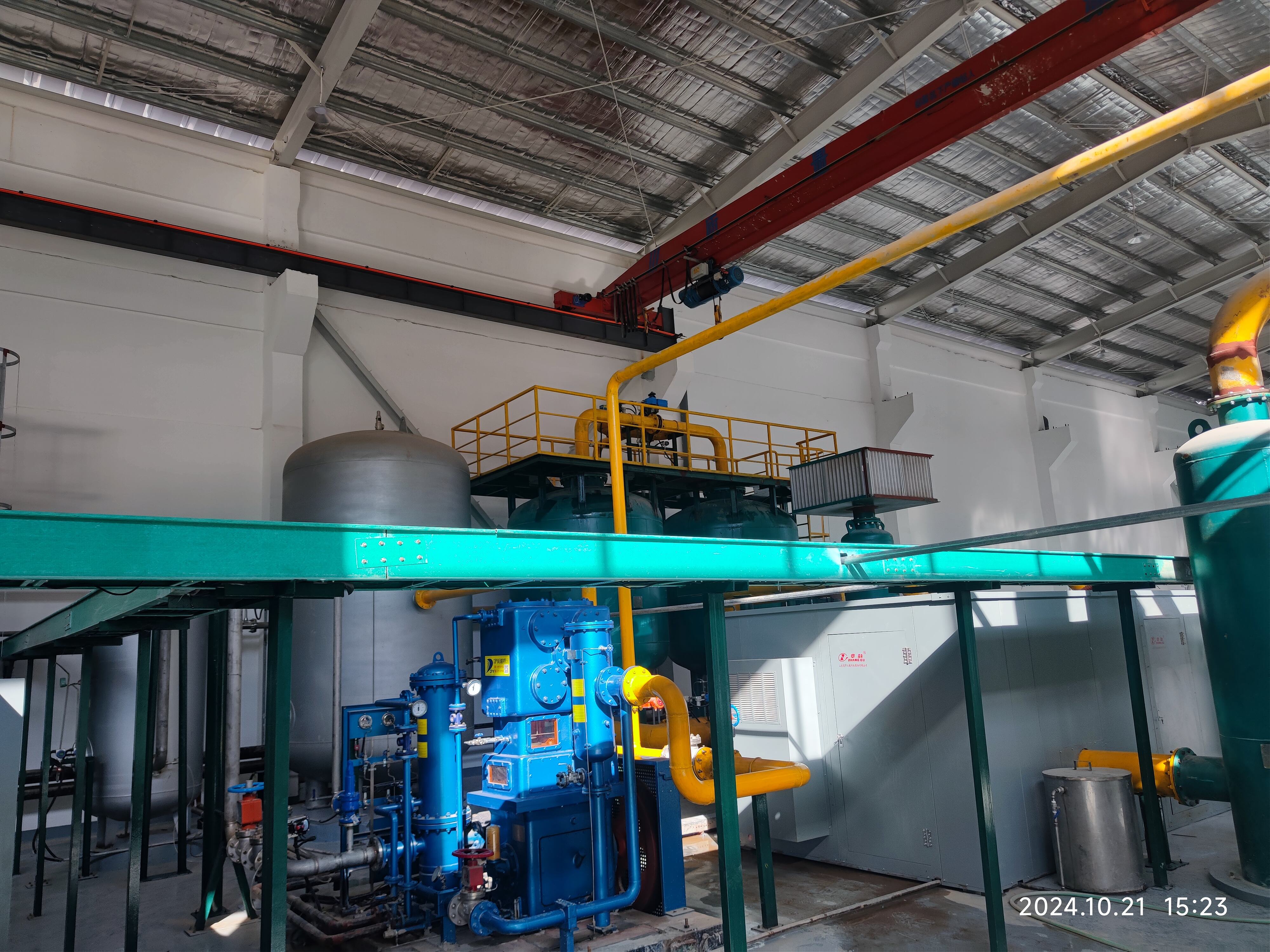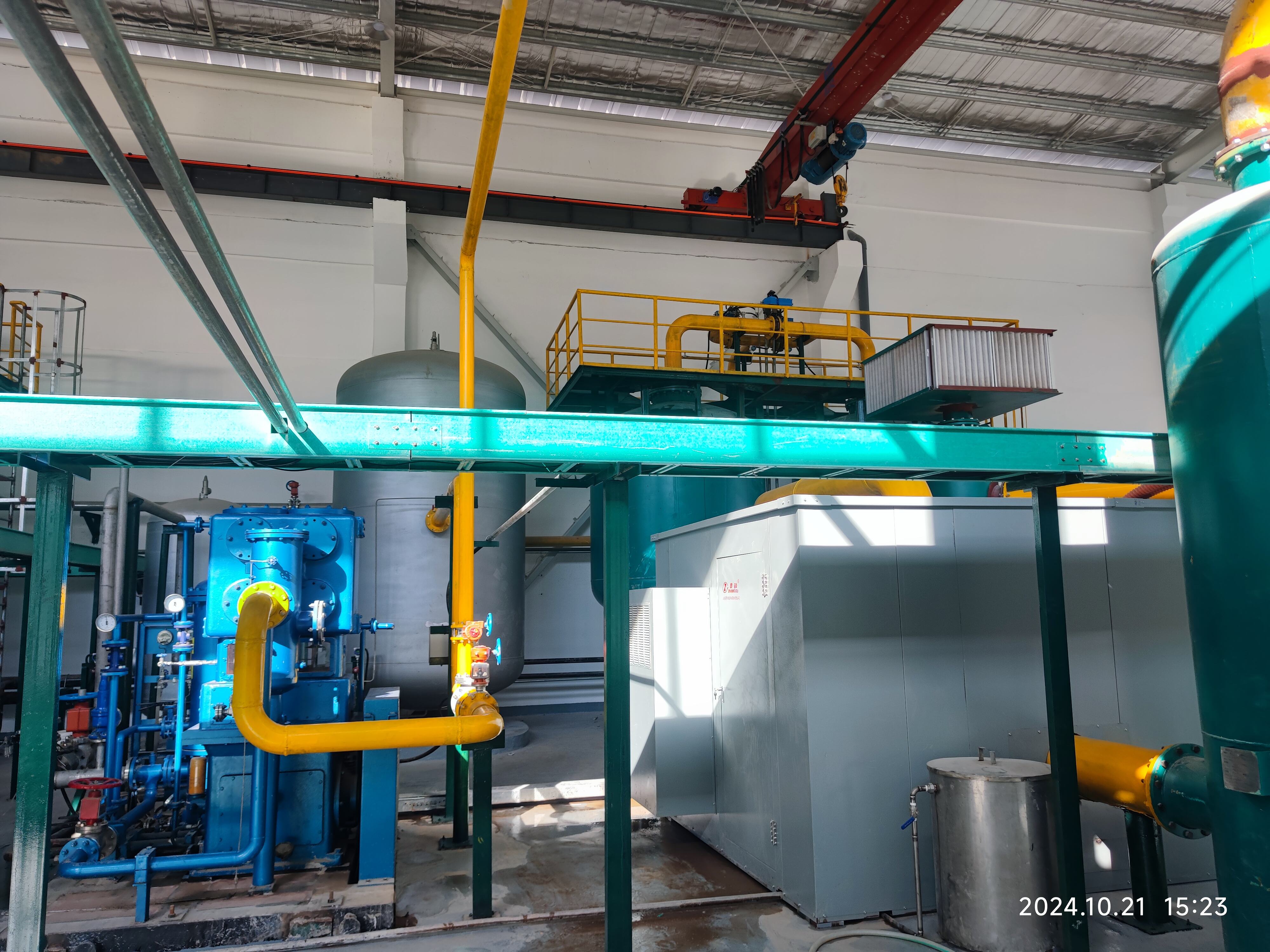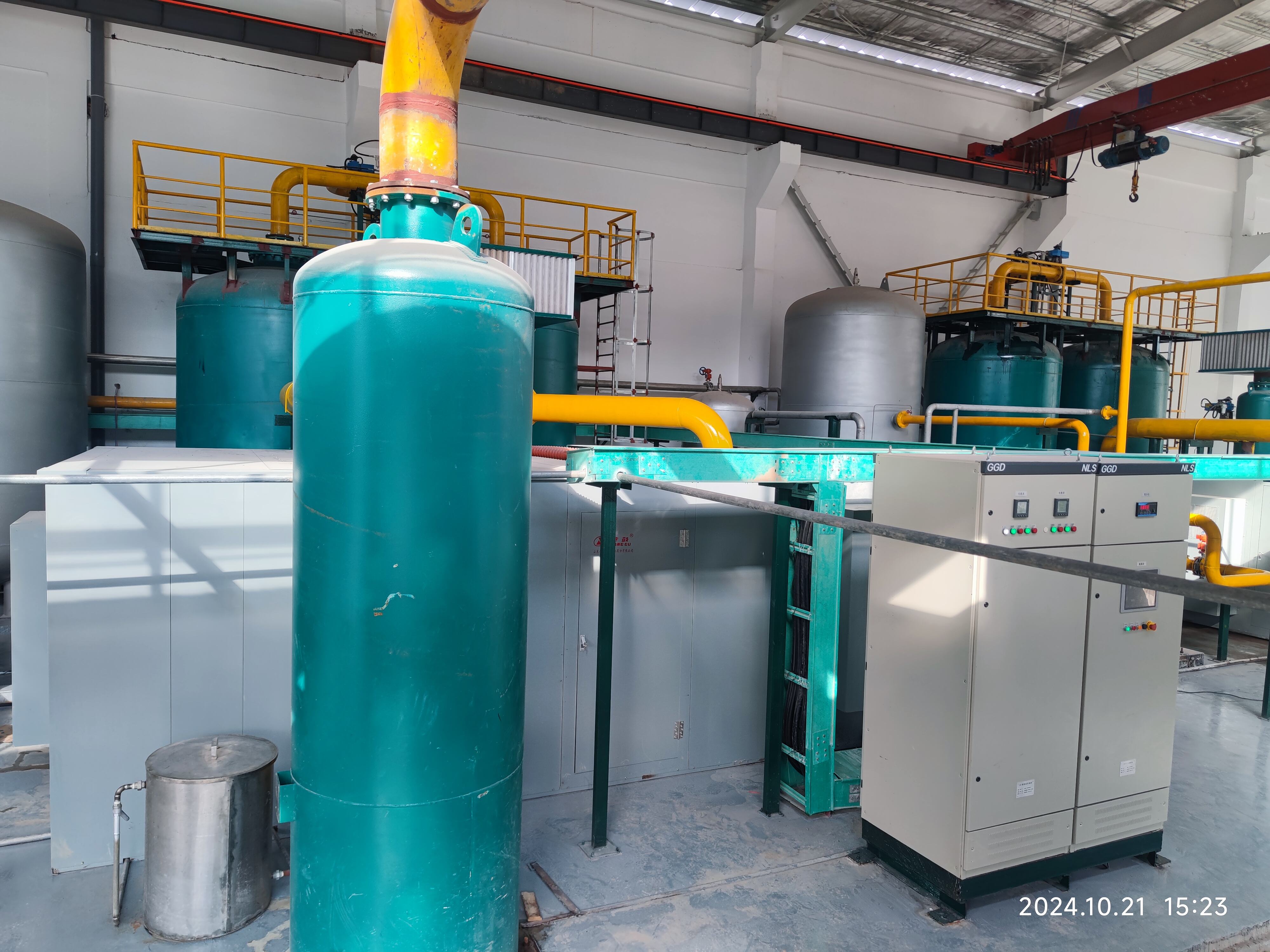аж ахуйн VPSA системүүд
Аж ахуйн VPSA (Зөвлийн үзүүлэлт, баромтын зөв шилжүүлэгч) систем нь газын хувааж авах, чистлах амжилттай технологийн нэг юм. Эдгээр систем нь тодорхой газын молекул устгах, эсвэл сольж авах үед давсны өөрчлөлтийг ашигладаг. Нэгдүгээр VPSA систем нь өөртөө давсны материалд тусгаарлагдсан газын молекулуудыг давсанд дамжуулж, давсны өөрчлөлттэй хамт ашигладаг. Ажлын үеэр эхлээд газыг давуу талбарт оруулж, дараа нь ихэнх давсанд сольж авах, вакуумоор дахин сольж, сүүлийн үед давсны тэнцвэрлэл болохдоо газыг хувааж авахад ашигладаг. Энэ нь газыг хувааж авахад аюулгүй байдлаар ажилладаг. Хувийн VPSA систем нь шинэчлэлийн хариуцлага, энергийн буцаалтын механизмыг ашиглахад тусалдаг. Эдгээр систем нь олон салбарын аргаар ашигладаг, жишээлбэл: медицин сангийн генератор, азотын бүтээгдэхүүн, угилсан двуулгын газ, водорагийн чистлах. VPSA системийн модуль байгууламж нь ихэвчлэн хэмжээнд тохирогдох боломжтой бөгөөд их санхүүгийн байгууламж рүү тохируулж болно. Тэдгээрийн ажлын цагт нь тогтмол ажилладаг, газын чистлах хэмжээнд тогтмол байдлыг хадгалдаг учраас VPSA систем нь аж ахуйн газын хувааж авах процессын хувьд хамгийн өндөр технологи юм.


